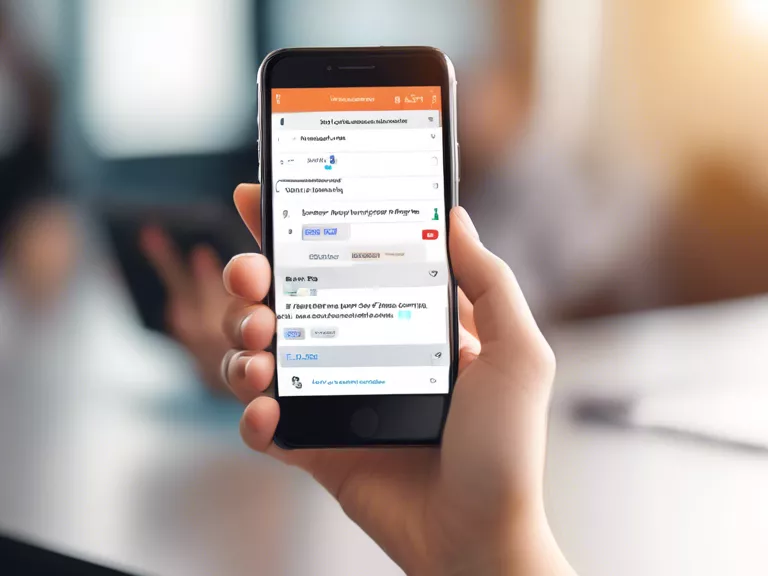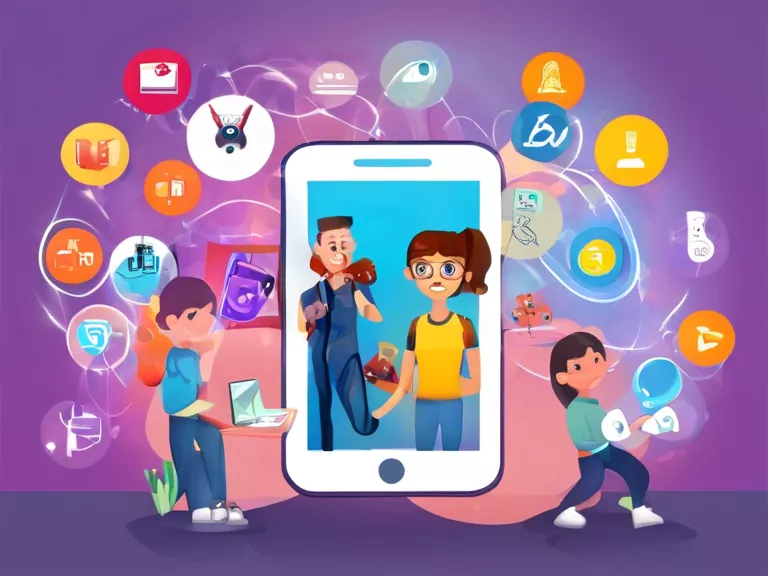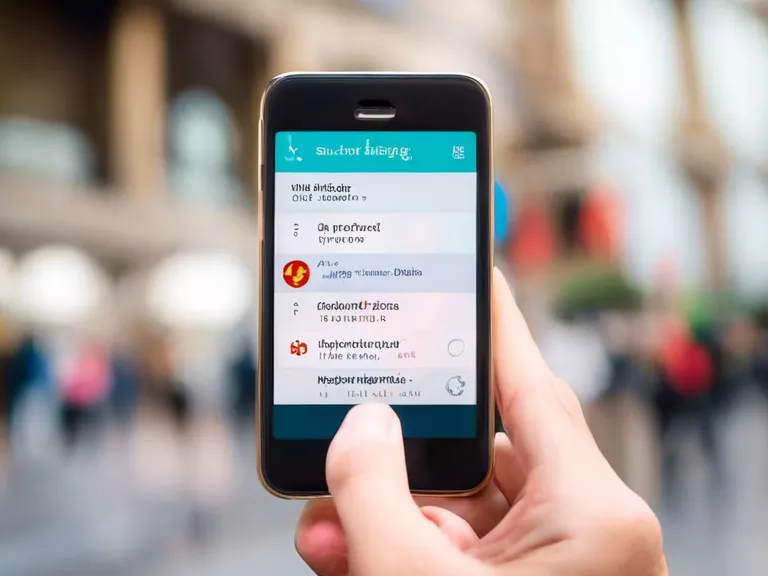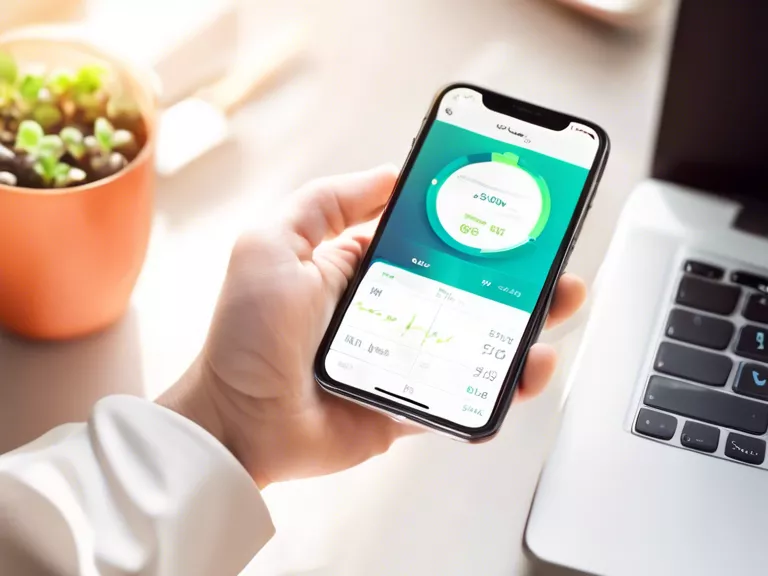
In today's digital age, it is essential to develop mobile apps that are accessible to all users, including those with disabilities. By incorporating advanced accessibility features into your app, you can ensure inclusivity and reach a wider audience. In this article, we will discuss how to develop mobile apps with advanced accessibility features to cater to the needs of all users.
To start, it is important to understand the different types of disabilities and how they can impact a user's ability to interact with your app. Visual impairments, hearing impairments, motor disabilities, and cognitive disabilities are just a few examples of challenges that users may face. By considering these factors during the development process, you can create a more inclusive app.
One key feature to consider is the use of alternative text for images. This allows users with visual impairments to understand the content of an image through screen reader software. Additionally, providing text alternatives for multimedia content, such as videos and audio files, is important for users with hearing impairments.
Another important feature is the ability to customize the app's appearance, including text size, color contrast, and font style. This allows users with visual impairments or cognitive disabilities to adjust the app to their specific needs. Providing options for users to navigate the app using gestures, voice commands, or keyboard shortcuts is also crucial for users with motor disabilities.
Testing the app with users who have disabilities is a crucial step in the development process. This feedback can help identify any accessibility issues and ensure that the app is usable for all users. By continuously improving and updating the app based on user feedback, you can create a more inclusive and accessible mobile app.
In conclusion, developing mobile apps with advanced accessibility features is essential for inclusivity and reaching a diverse audience. By considering the needs of users with disabilities and incorporating features such as alternative text, customization options, and user testing, you can create a more inclusive app that benefits all users.



